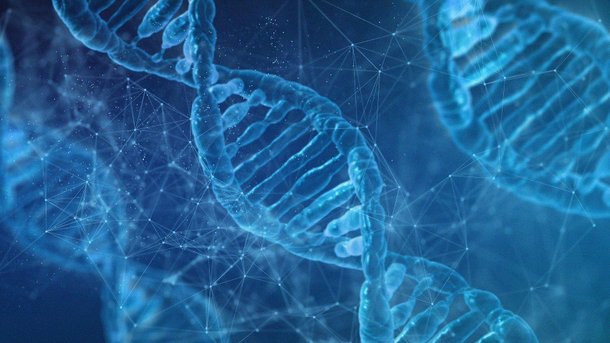In theory, everything is very simple. Sex chromosomes usually determine who is male and who is female. Those who have XX chromosomes are females, while males are generated through XY chromosomes. In reality, however, everything can be more difficult to explain.
Genetically speaking, many women are actually men. And what does it mean? According to a new study by Danish researchers, many women grow up with a female body, but end up discovering during puberty that they have more genetic similarities to men — at a much higher rate than expected. Understand the study in the next paragraphs!
Also read: How do our genes determine the appearance of our face?
Surprise at puberty
 (Source: Unsplash)
(Source: Unsplash)
According to research carried out by the University of Aarhus, 1 in every 15,000 men is born and grows up as a girl. The physiognomy is so patterned that you wouldn’t find a difference if you didn’t know what you’re looking for. Furthermore, neither these girls nor their parents have any idea what is going on.
In theory, girls born with XY chromosomes are genetically boys, but for a number of reasons — mainly mutations in genes that determine sexual development—masculine characteristics are never expressed. Therefore, they live their lives like any other woman, even with some of them being able to give birth.
In an official statement, the leader of the study, Claus Højbjerg Gravholt, explained that this is the first national survey to address this topic in the world. “This group of people is 50% larger than we previously believed. The way these girls discover the facts and speak openly about their situation also varies greatly”, he developed.
Development of the study
 (Source: Pixabay)
(Source: Pixabay)
As a next step, Gravholt and his colleagues aim to understand how people with XY chromosomes can become female and why these abnormalities occur. So far, the two biggest culprits appear to be Morris syndrome and Swyer syndrome.
Morris syndrome is an androgen insensitivity syndrome. This means that these people have extremely high levels of testosterone and other male hormones, but they do not affect the fetal cells that usually develop the male sex organ. have male chromosomes, but are female socially and outwardly.
Typically, the female Most girls with androgen insensitivity syndrome discover at puberty that they differ from other girls. At this stage of life, they learn that they will never be able to give birth, for example. Diagnosis usually occurs between 7 and 8 years old, but there are women who are diagnosed later.
This delay is a problem that affects many people’s lives, since finding out you are of the opposite sex after having lived a lifetime otherwise can cause a real identity shock. With this new finding, the researchers hope to be better prepared to deal with this type of case in the coming years.









